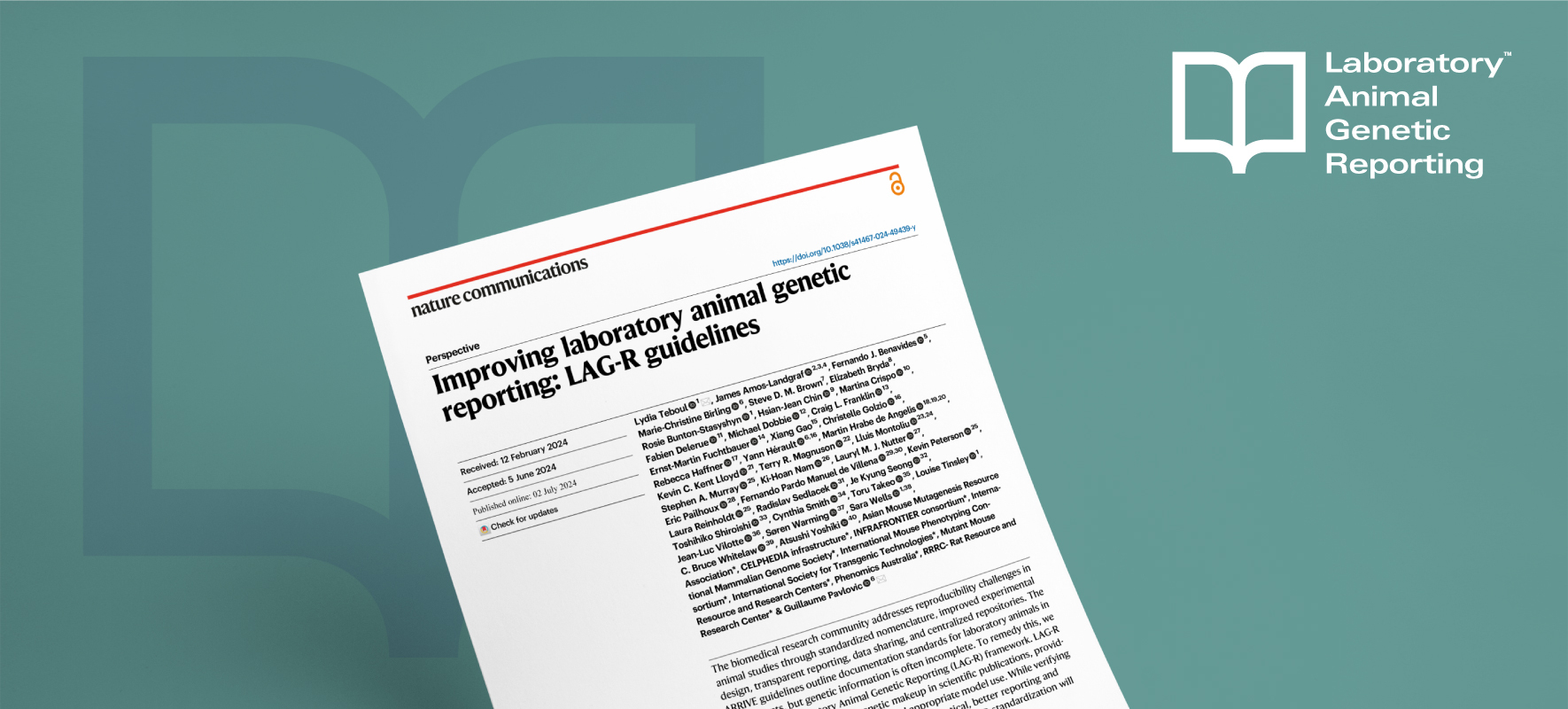Collaborative research between colleagues at Imperial College London and MRC Harwell into mice with a mutation in Atmin has shown how this gene plays an essential role in the early stages of kidney development.
Atmin critical for normal kidney development Collaborative research between colleagues at Imperial College London and MRC Harwell into mice with a mutation in Atmin has shown how this gene plays an essential role in the early stages of kidney development. Stunted growth: an Atmin mutant mouse kidney (right) is smaller and less developed, with fewer tubule branches than a healthy kidney (left) The development of the kidneys is a complex process. The kidneys consist of a finely-tuned network of tubules that serve to filter out excess water and waste products from the blood and channel it down towards the bladder. When this process goes wrong, it can lead to problems with the workings of the kidneys and conditions such as polycystic kidney disease. Working alongside researchers at University of West London and the UCL Institute of Child Health, Evi Goggolidou, Dominic Norris and Charlotte Dean set out to investigate the role of the gene Atmin in kidney development and the mechanism by which it acts. They showed that mice with a mutation that prevents this gene from functioning have small, oddly shaped kidneys which fail to develop properly. Using the Gpg6 mouse, which has a point mutation in Atmin, they followed the early stages of kidney development. They discovered that branching of the tubular network within the kidneys had gone awry. In a normal kidney, cells lining the tubules neatly align, whereas in Gpg6 kidney tubules these cells all point in different directions. They determined that this was due to issues with a key pathway in development known at the non-canonical Wnt/planar cell polarity pathway. Defects in some genes involved in this pathway have been known to lead to the formation of kidney cysts, bulbous growths of the tubules that hinder the kidney’s functioning. With further analysis, they revealed that the Atmin mutation in Gpg6 mice disrupts the organisation of the cytoskeleton, the web of strings and pulleys that criss-crosses cells. The study concluded that the ATMIN protein is involved in manipulating the cytoskeleton of kidney epithelial cells to move them into position and correctly mould the branched network of tubules. Therefore, if a mutation prevents it from functioning, as seen in the Gpg6 mice, the tubule network fails to develop properly. This research therefore shows how Atmin can impact on Wnt signalling to shape and guide the early development of a mouse’s kidneys. It sheds new light on the genetics of mammalian kidney development, and may one day help in the search for new treatments for kidney disease. Goggolidou et al. (2014) Atmin mediates kidney morphogenesis by modulating Wnt signaling. Hum Mol Genet. 23:5303-16


